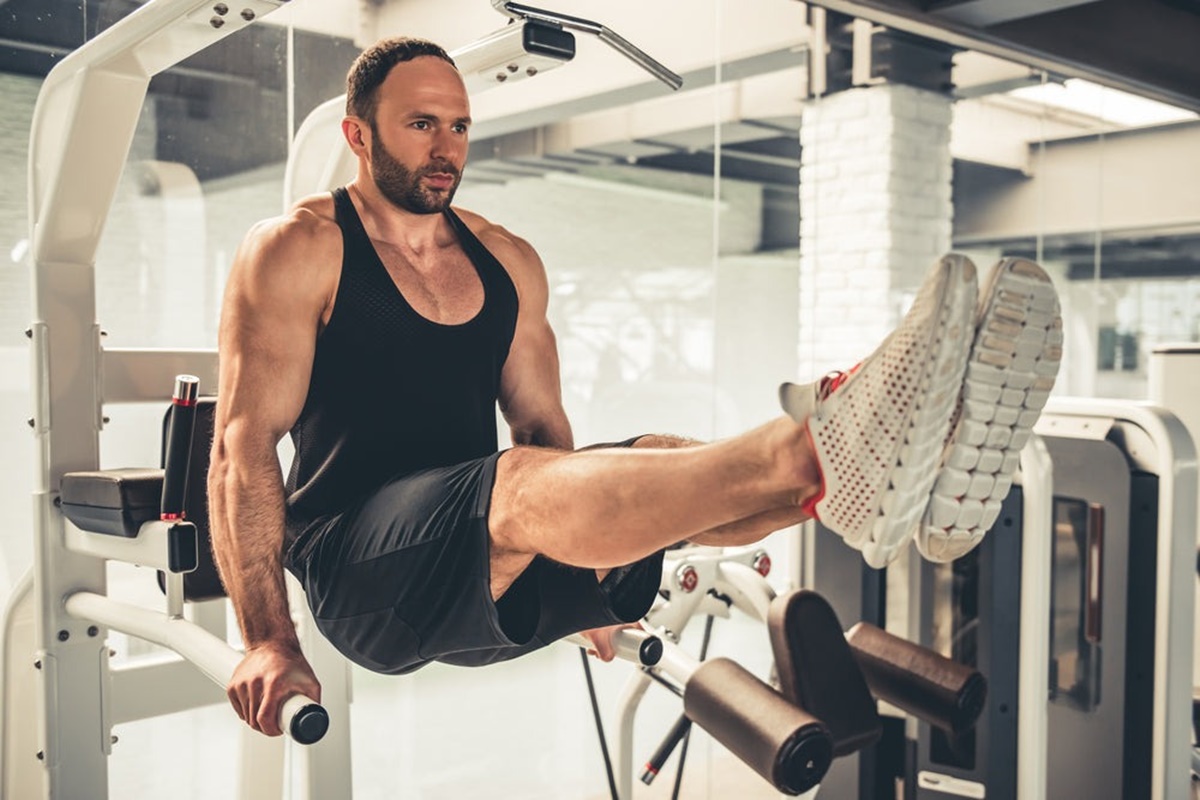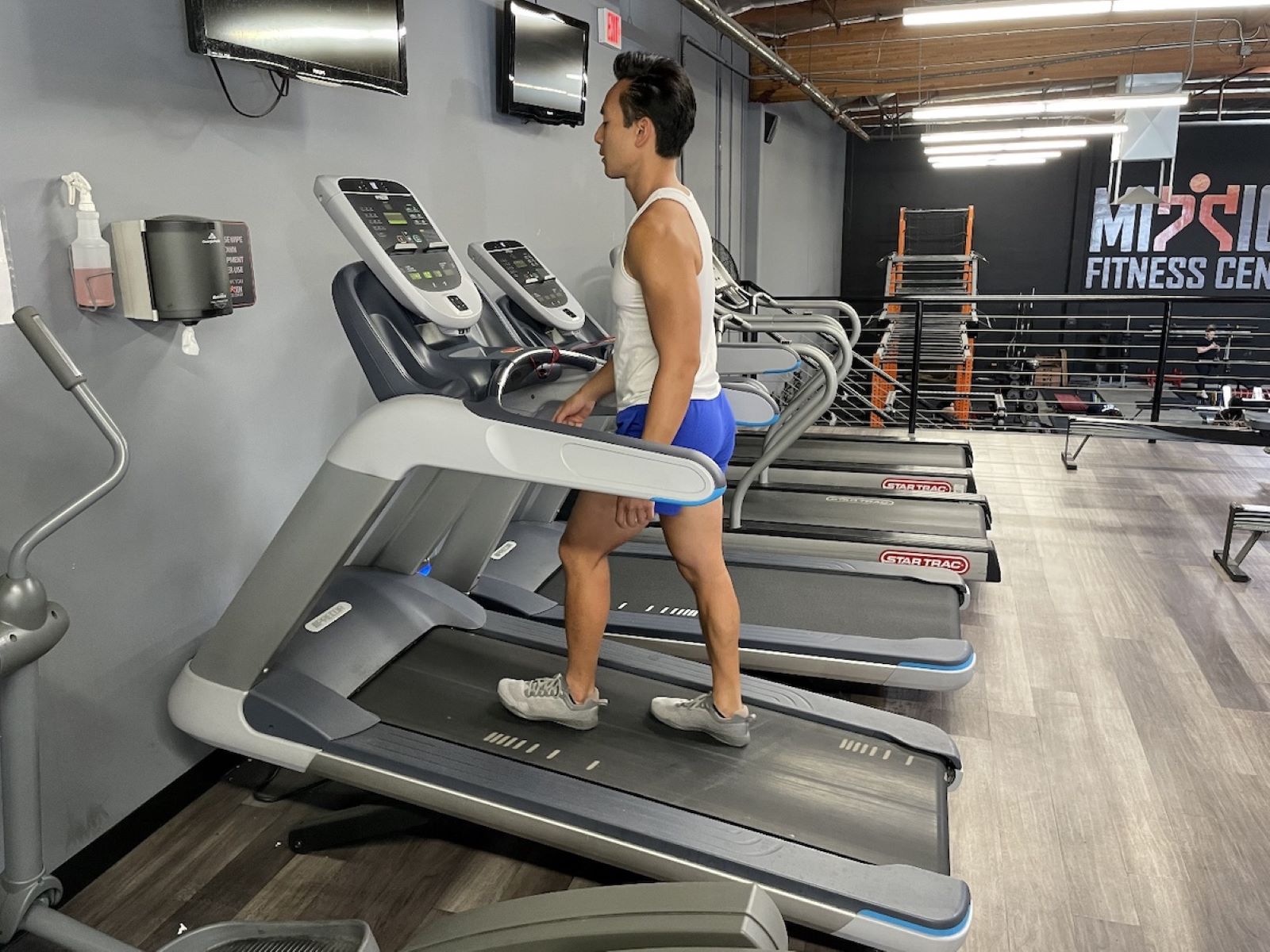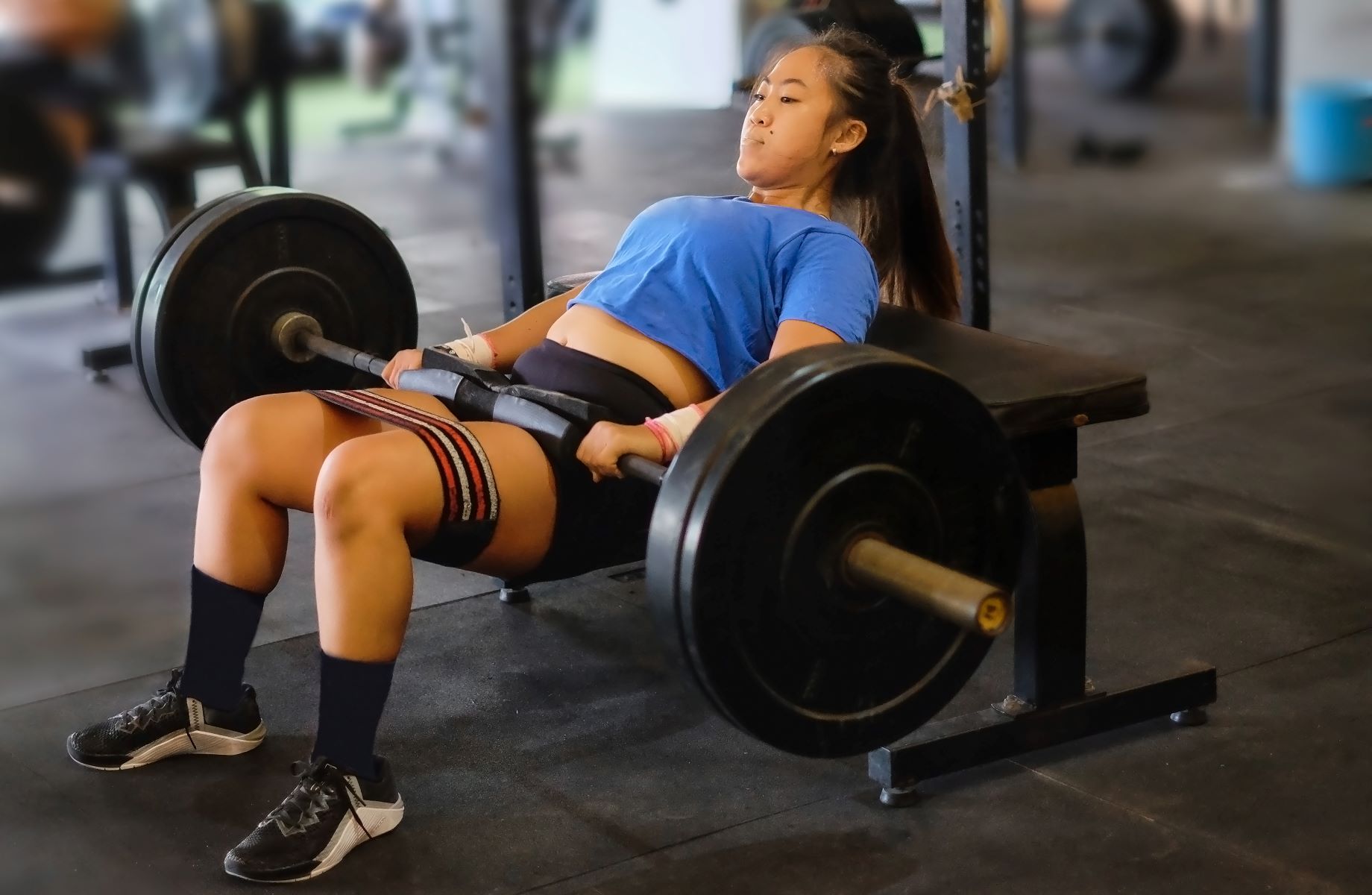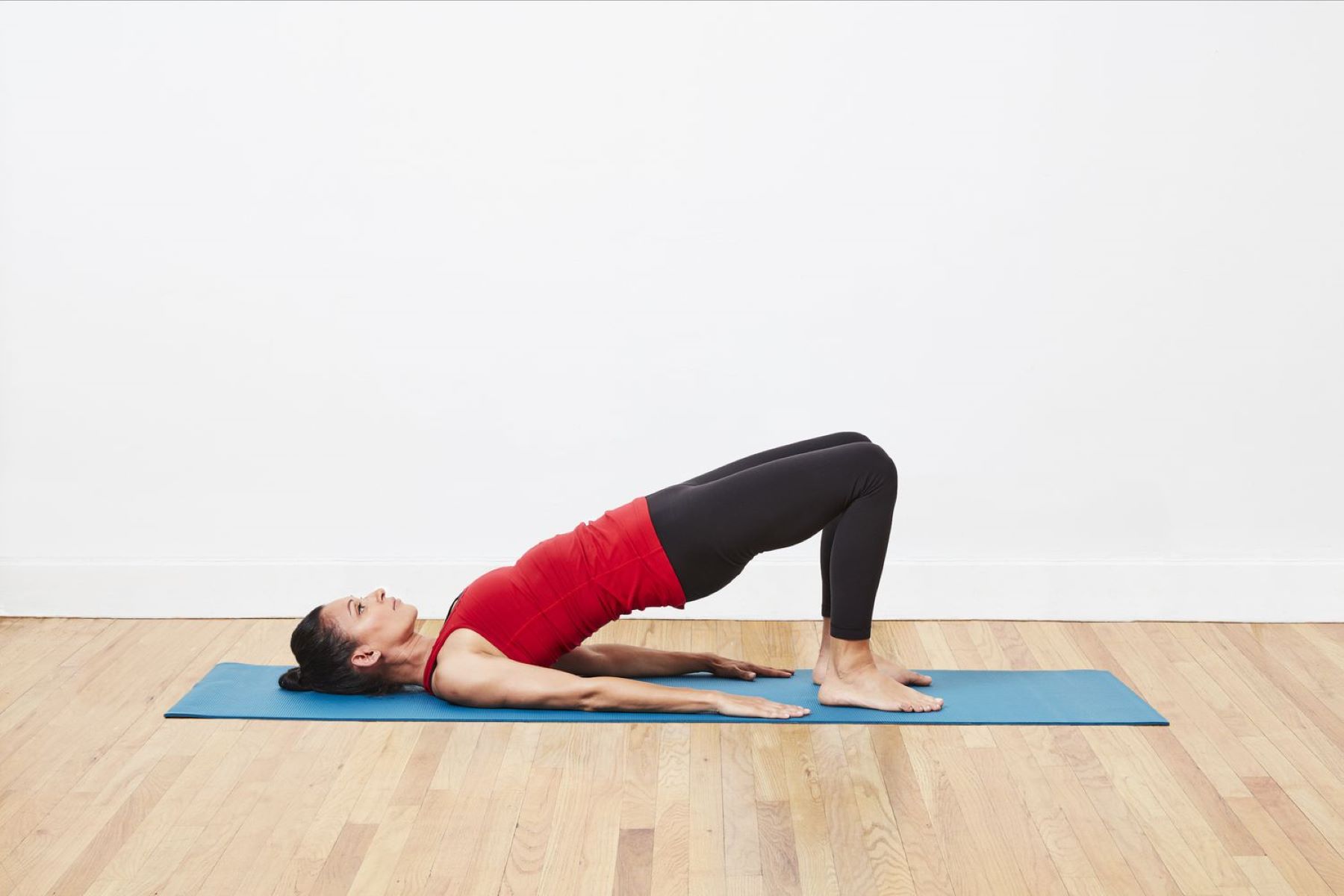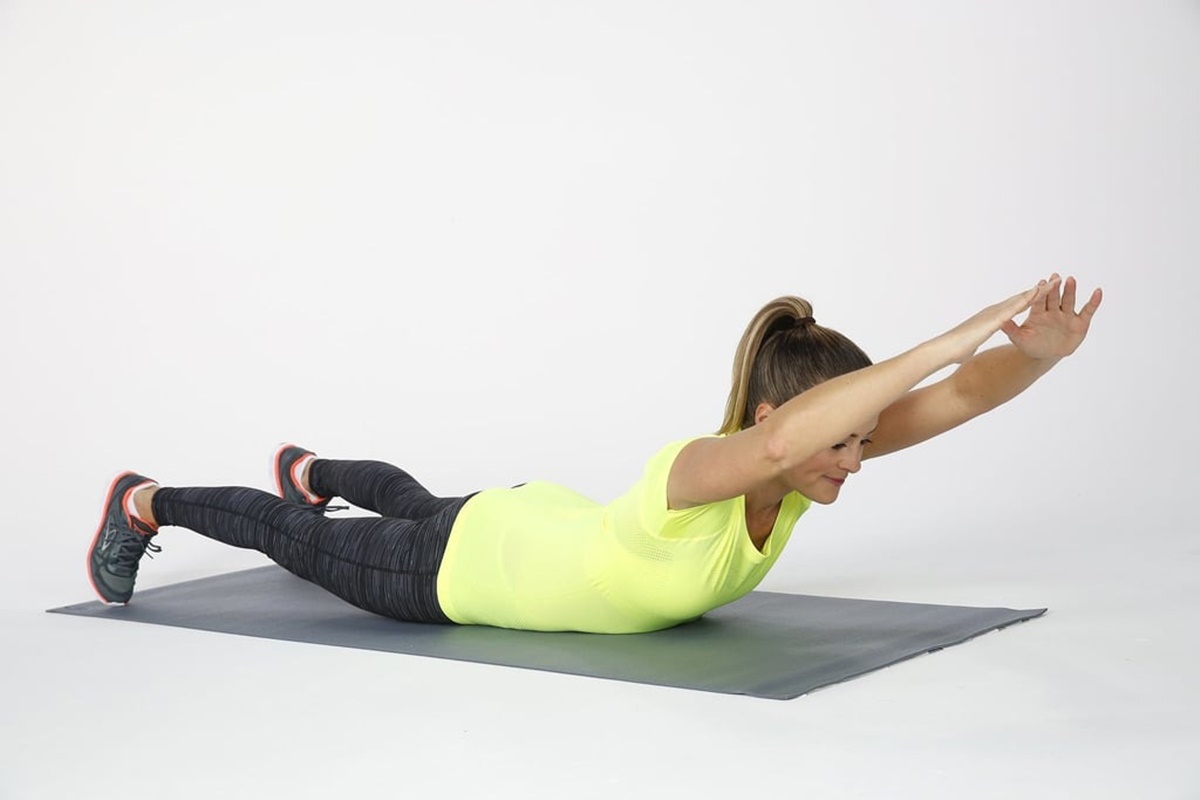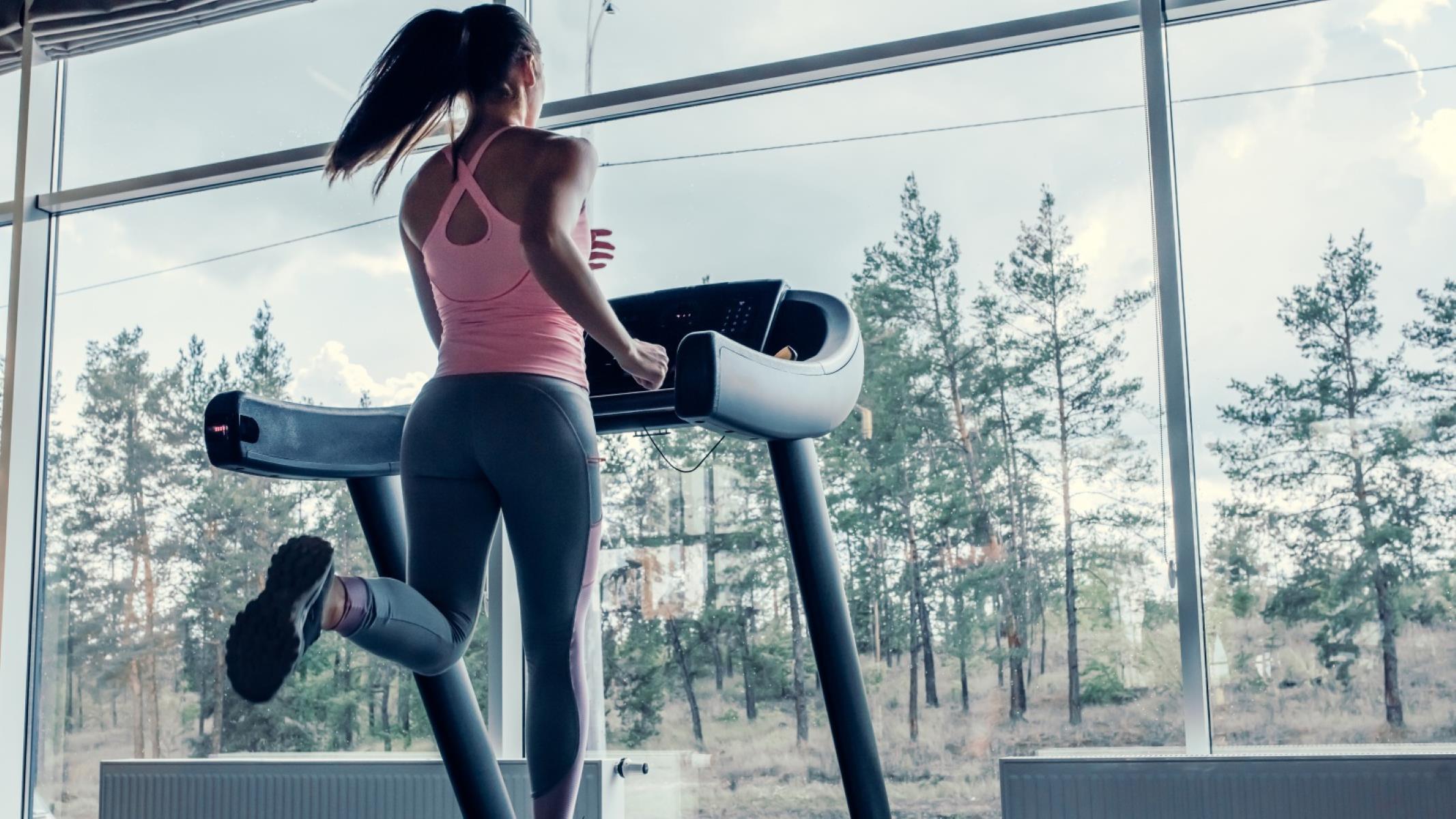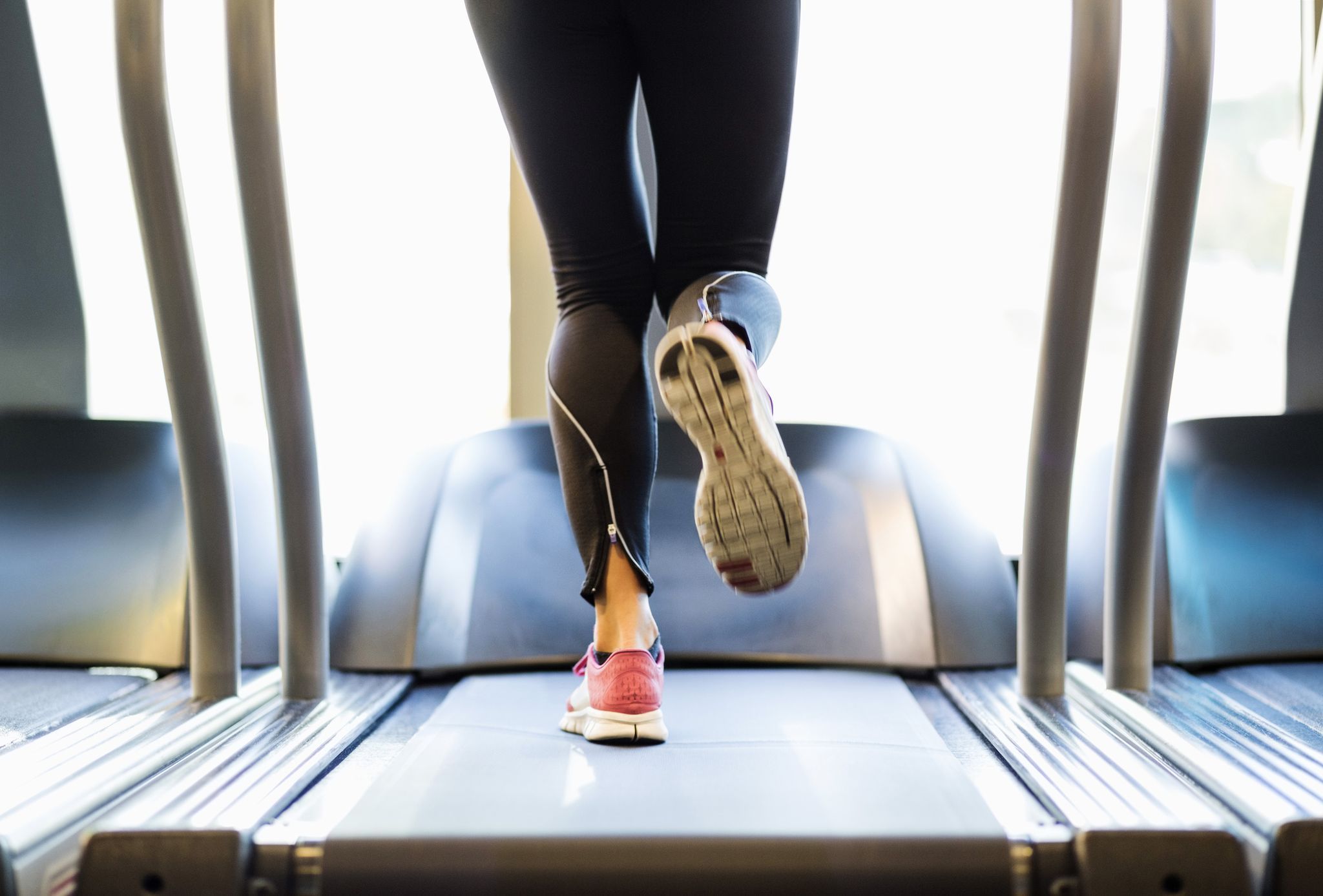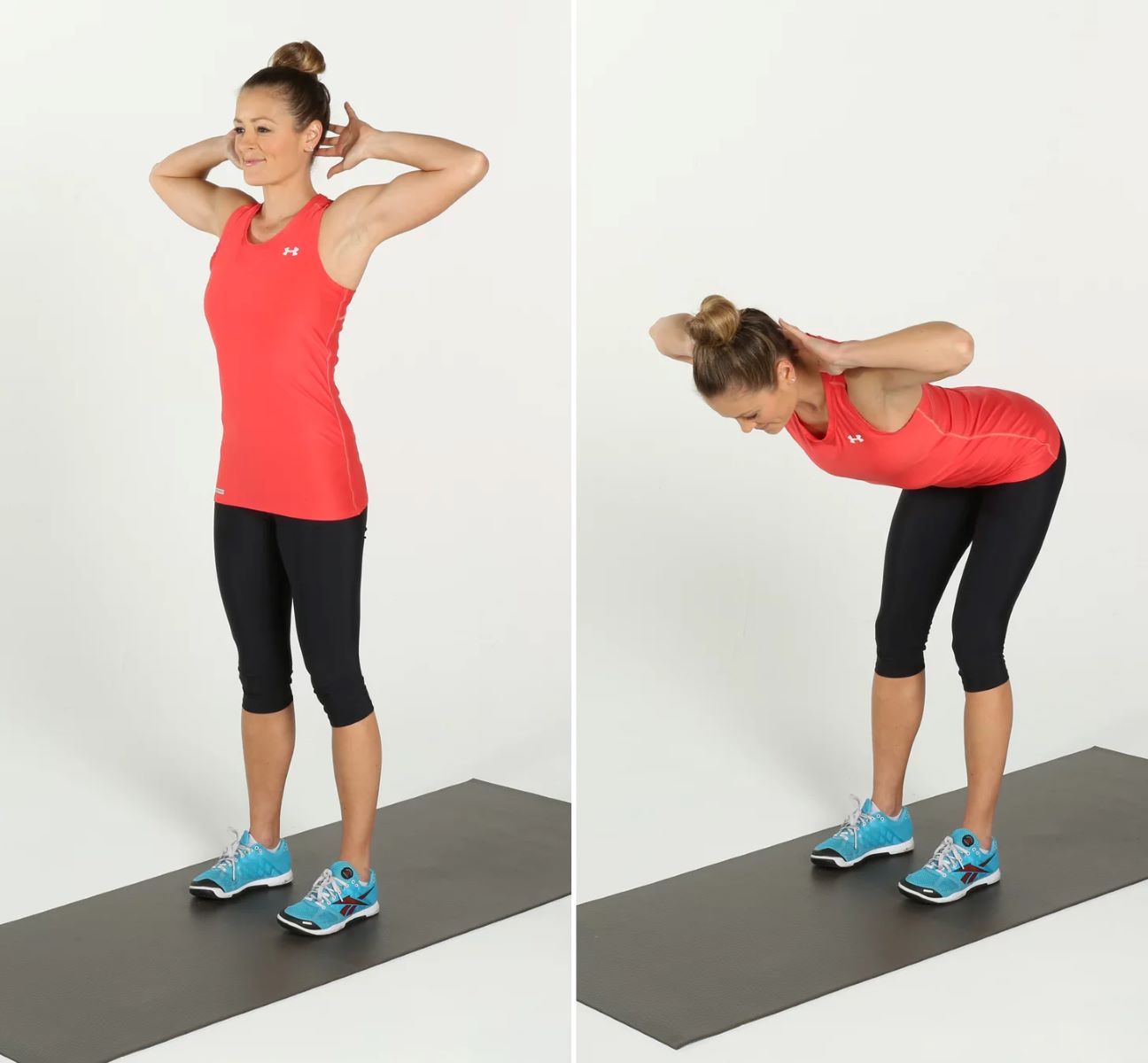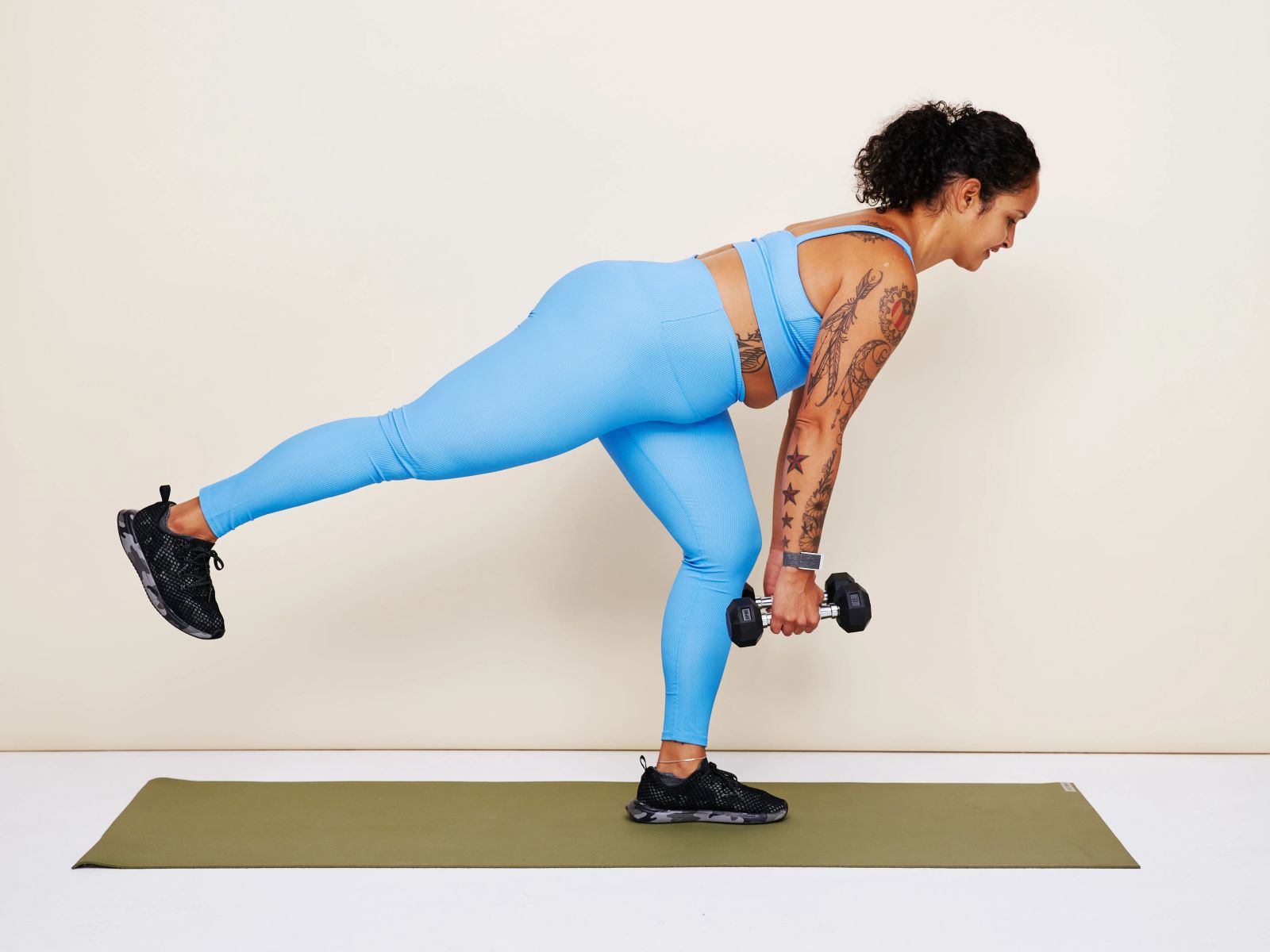

Featured
How To Workout Your Hamstrings
Modified: March 1, 2024
Learn how to effectively workout your hamstrings with our featured exercises and techniques. Strengthen and tone your legs with targeted workouts for optimal results.
Introduction
When it comes to building strong and functional leg muscles, many people focus on exercises like squats and lunges. While these exercises are indeed important, it’s crucial not to neglect the hamstrings – the muscles located at the back of the thighs. Working your hamstrings not only helps to balance your lower body strength, but it also plays a crucial role in various daily activities, such as walking, running, and climbing stairs.
In this article, we will explore the importance of working your hamstrings and provide you with a comprehensive guide on how to effectively train these muscles. Whether you’re a seasoned athlete or just starting your fitness journey, understanding how to properly target and train your hamstrings will help you achieve optimal results and prevent injuries.
Before we dive into the specific exercises and techniques, it’s important to understand the benefits of including hamstring workouts in your fitness routine. By focusing on these key muscles, you can improve your athletic performance, prevent muscle imbalances, enhance stability, and reduce the risk of injuries.
So, whether you’re aiming to boost your sports performance or simply want to strengthen and tone your legs, let’s get started on learning how to work out your hamstrings!
Benefits of Working Your Hamstrings
When it comes to leg workouts, the hamstrings are often overlooked, with more focus placed on the quads and glutes. However, neglecting the hamstrings can lead to muscular imbalances and an increased risk of injury. Let’s explore the key benefits of incorporating hamstring exercises into your training regimen:
- Improved Athletic Performance: Strong and well-developed hamstrings play a crucial role in enhancing athletic performance. They are essential for explosive movements such as sprinting, jumping, and changing direction. By strengthening your hamstrings, you can generate more power and speed, allowing you to excel in various sports and activities.
- Muscle Balance and Posture: The hamstrings work in conjunction with the quadriceps to maintain muscle balance around the knee joint. When the hamstrings are weak compared to the quads, it can create an imbalance that may lead to poor posture and increased stress on the knee joint. By strengthening your hamstrings, you can improve your overall muscle balance and promote better posture.
- Injury Prevention: Strong hamstrings help to stabilize your leg joints and reduce the risk of injuries. Weak hamstrings can make you more susceptible to strains, tears, and knee injuries. By incorporating hamstring exercises into your routine, you can strengthen and protect these muscles, decreasing the likelihood of injury during physical activities.
- Enhanced Flexibility: The hamstrings play a significant role in maintaining leg flexibility. Tight hamstrings can limit your range of motion and hinder your ability to perform various exercises and movements with proper form. By incorporating both strength and flexibility exercises for your hamstrings, you can increase their overall flexibility and improve your performance in daily activities.
- Improved Aesthetic Appearance: Well-developed hamstrings can add shape and definition to your legs, improving their overall aesthetic appearance. By targeting and working these muscles, you can achieve sculpted and toned legs that will not only boost your confidence but also complement the rest of your physique.
Now that we understand the numerous benefits of working your hamstrings, let’s move on to the different exercises that will help you effectively target and strengthen these muscles.
Common Hamstring Exercises
When it comes to targeting the hamstrings, there are several effective exercises that can help you build strength and definition in these muscles. Incorporating a variety of exercises into your workout routine can ensure that you are targeting all areas of the hamstrings for balanced development. Here are some common hamstring exercises you can try:
- Deadlifts: Deadlifts are a compound exercise that targets multiple muscle groups, including the hamstrings. Whether performed with a barbell, dumbbells, or kettlebells, deadlifts involve bending at the hips and lowering the weights toward the ground, engaging the hamstrings as you return to a standing position.
- Glute-Ham Raises: This exercise specifically targets the hamstrings and glutes. It can be done on a glute-ham developer machine or by placing your feet under a stable surface and lowering your upper body forward while keeping your hips extended. Use your hamstrings to pull your upper body back up to a fully upright position.
- Lying Leg Curl: This exercise is performed using a leg curl machine. Lie face down on the machine, place your legs under the padded lever, and curl your legs up toward your glutes by contracting your hamstrings. Lower the weight back down in a controlled manner and repeat.
- Single-Leg Romanian Deadlifts: Stand upright and hold a dumbbell or kettlebell in one hand. Extend one leg straight behind you while hinging at the hips and lowering the weight toward the ground. Keep your core engaged and back straight throughout the movement. Return to the starting position and repeat on the other leg.
- Swiss Ball Hamstring Curl: Lie on your back with your feet resting on a Swiss ball. Lift your hips off the ground, keeping your body in a straight line. Bend your knees and roll the ball toward your glutes using your hamstrings. Extend your legs, rolling the ball back out, and repeat the movement.
Remember to perform each exercise with proper form and technique to minimize the risk of injury and maximize your results. Start with lighter weights or resistance and gradually increase as your strength improves. It’s also essential to listen to your body and adjust the intensity or range of motion based on your fitness level and any existing injuries or limitations.
Next, let’s explore the importance of maintaining proper form and technique during hamstring exercises to ensure optimal results and prevent injuries.
Proper Form and Technique
When performing hamstring exercises, it is crucial to maintain proper form and technique to effectively target the muscles and prevent injuries. Here are some essential tips to ensure you are performing these exercises correctly:
- Maintain Core Stability: Engage your core muscles, including your abdominals and lower back, throughout each exercise. This will help stabilize your body and protect your spine.
- Focus on Controlled Movements: Avoid using momentum or swinging your body during hamstring exercises. Slow and controlled movements will engage the targeted muscles more effectively.
- Keep a Neutral Spine: Maintain a neutral spine position during exercises. Avoid rounding or arching your back, as this can lead to strain or injury.
- Ensure Proper Foot Placement: For exercises like deadlifts or single-leg Romanian deadlifts, distribute your weight evenly through your feet and keep them planted on the ground. This will provide stability and help engage the hamstrings.
- Avoid Locking Your Knees: When performing hamstring exercises, avoid fully locking your knees at the top of the movement. This can increase the strain on your joints and reduce the effectiveness of the exercise.
- Use a Full Range of Motion: For exercises like leg curls, aim to fully extend and flex your legs to engage the hamstrings through their entire range of motion. This will maximize muscle activation and development.
- Breathe Properly: Maintain a steady breathing pattern throughout each exercise. Exhale during the exertion phase and inhale during the return phase of the movement.
Remember, it’s always a good idea to seek guidance from a qualified fitness professional if you’re new to exercising or unsure about proper form. They can demonstrate the correct techniques and provide feedback to ensure you are performing the exercises safely and effectively.
Now that you understand the importance of maintaining proper form and technique, let’s dive into a sample hamstring workout routine to help you get started.
Hamstring Workout Routine
To effectively target and strengthen your hamstrings, it’s important to incorporate a dedicated workout routine into your fitness regimen. Here’s a sample hamstring workout routine that you can follow:
-
Exercise 1: Romanian Deadlifts
- Perform 3 sets of 10-12 repetitions.
- Use a barbell or dumbbells, maintaining proper form with a slight bend in the knees and a neutral spine.
-
Exercise 2: Glute-Ham Raises
- Perform 3 sets of 8-10 repetitions.
- If a glute-ham developer machine is unavailable, you can use a resistance band or a partner to hold your ankles down as you perform the exercise on the floor.
-
Exercise 3: Lying Leg Curls
- Perform 3 sets of 12-15 repetitions.
- Use a leg curl machine, following proper form and controlling the weight throughout the entire range of motion.
-
Exercise 4: Single-Leg Romanian Deadlifts
- Perform 3 sets of 10-12 repetitions on each leg.
- Use a dumbbell or kettlebell for added resistance, maintaining proper posture and balance throughout the movement.
-
Exercise 5: Swiss Ball Hamstring Curls
- Perform 3 sets of 10-12 repetitions.
- Lie on your back with your feet resting on a Swiss ball, curling your legs toward your glutes by engaging your hamstrings.
Remember to warm up before starting your workout and cool down afterward. Additionally, listen to your body and adjust the weights and repetitions based on your fitness level and capabilities. As you progress, you can increase the intensity by adding more weight or resistance.
It’s also important to note that this is just a sample routine, and you can customize it based on your preferences and goals. Feel free to incorporate other hamstring exercises that you enjoy or seek guidance from a fitness professional to personalize your routine.
Now that you have a hamstring workout routine in place, let’s explore some additional tips to maximize your hamstring training results.
Tips for Maximizing Hamstring Results
To maximize your hamstring training results and ensure you are making the most of your efforts, consider implementing the following tips into your workout routine:
- Vary Your Exercises: Incorporate a variety of hamstring exercises in your routine to target the muscles from different angles and stimulate growth. This will help prevent plateaus and keep your workouts interesting.
- Progressive Overload: Gradually increase the weight, resistance, or repetitions in your workouts to continually challenge your hamstrings. This progressive overload will encourage muscle growth and strength gains.
- Include Eccentric Exercises: Focus on the eccentric phase, or the lowering portion, of exercises like deadlifts and leg curls. This can help increase muscle damage and stimulate greater muscle growth.
- Engage Your Mind-Muscle Connection: When performing hamstring exercises, focus on engaging and contracting the targeted muscles. This mind-muscle connection can improve muscle activation and enhance your overall results.
- Recovery and Rest: Allow your hamstrings time to recover and repair between workouts. Include rest days in your training schedule and prioritize proper nutrition and sleep to support muscle growth and repair.
- Stretch and Foam Roll: Incorporate stretching and foam rolling exercises to improve flexibility and loosen any tight muscles in your hamstrings. This can prevent imbalances and reduce the risk of injury.
- Stay Consistent: Consistency is key when it comes to seeing results. Aim to perform your hamstring workouts at least twice a week, and stick to your routine over an extended period to experience noticeable improvements.
Remember, everyone’s fitness journey is unique, and it’s important to listen to your body. If you experience any pain or discomfort during your hamstring workouts, make sure to consult with a healthcare professional. They can provide guidance and help you modify exercises if needed.
By following these tips and staying dedicated to your hamstring training, you can maximize your results and achieve stronger, more defined hamstrings.
Conclusion
Working your hamstrings is crucial for building strength, improving athletic performance, and reducing the risk of injuries. By incorporating a variety of hamstring exercises into your workout routine, maintaining proper form and technique, and following smart training practices, you can effectively target and strengthen these important muscles.
In this article, we discussed the benefits of working your hamstrings, including improved athletic performance, muscle balance and posture, injury prevention, enhanced flexibility, and aesthetic appearance. We also explored common hamstring exercises such as deadlifts, glute-ham raises, lying leg curls, single-leg Romanian deadlifts, and Swiss ball hamstring curls.
We emphasized the importance of maintaining proper form and technique to optimize results and prevent injuries, with tips such as core stability, controlled movements, neutral spine, and full range of motion. Additionally, we provided a sample hamstring workout routine and tips for maximizing your hamstring training results.
Remember, fitness journeys are individual, and it’s essential to listen to your body, adapt the exercises to your fitness level, and consult with a professional if needed. Progress comes with consistency, proper nutrition, rest, and recovery.
So, whether you’re an athlete, a fitness enthusiast, or someone looking to improve overall leg strength and functionality, don’t forget to prioritize your hamstrings in your workout routine. Strengthening these muscles will not only enhance your physical capabilities but also contribute to a balanced and aesthetically pleasing physique.
Get ready to feel the burn, see the results, and enjoy the benefits of strong and well-conditioned hamstrings in your daily activities!

